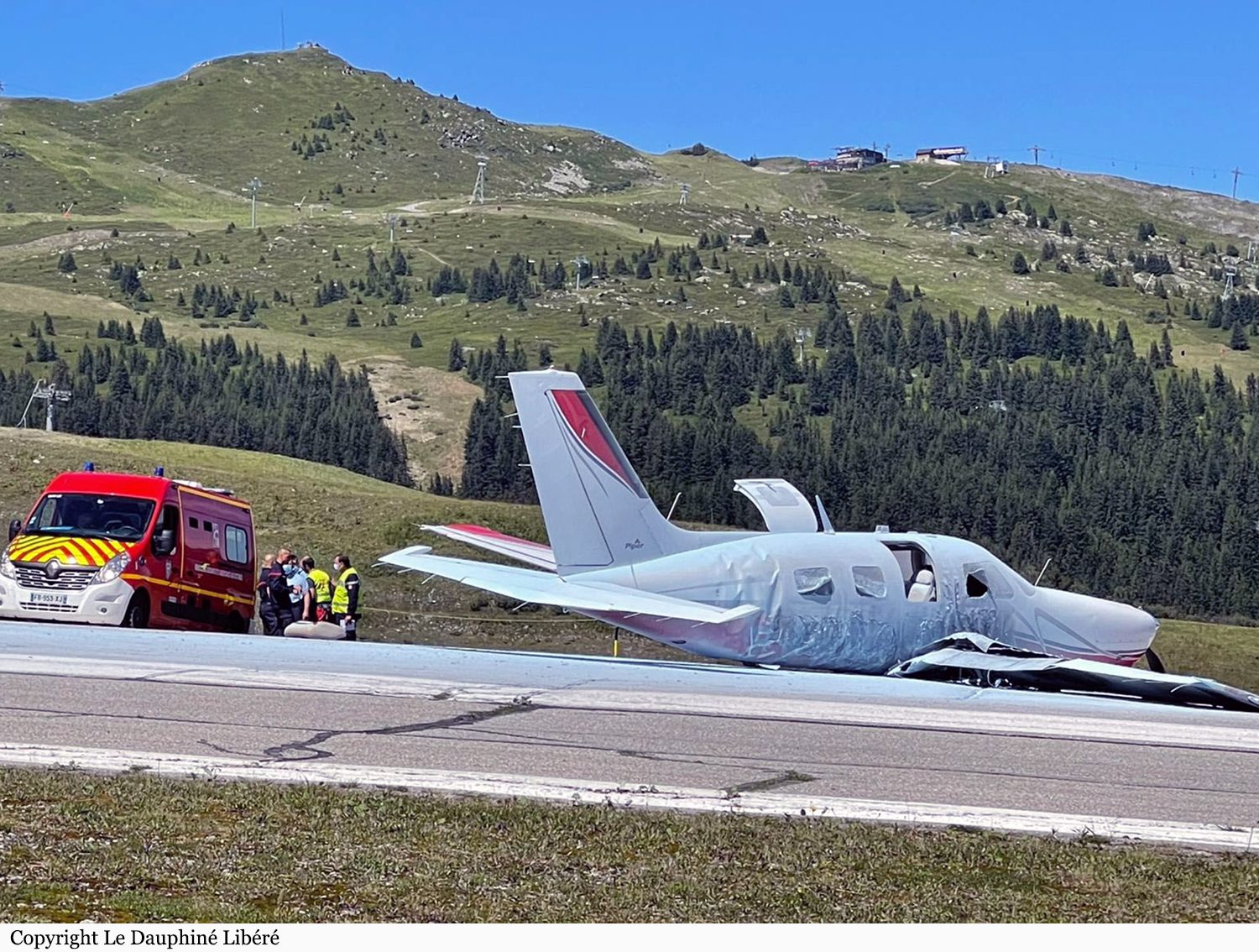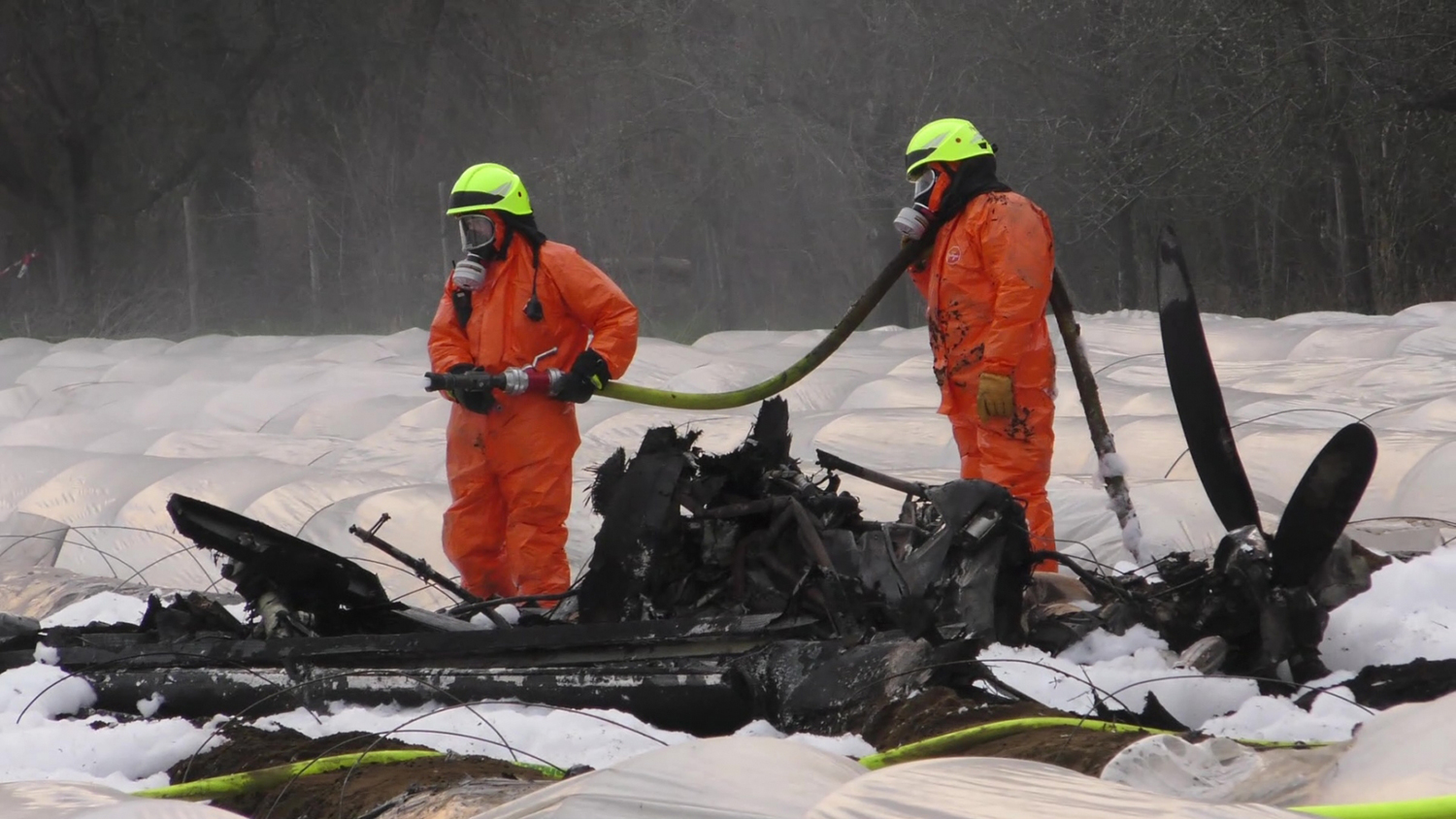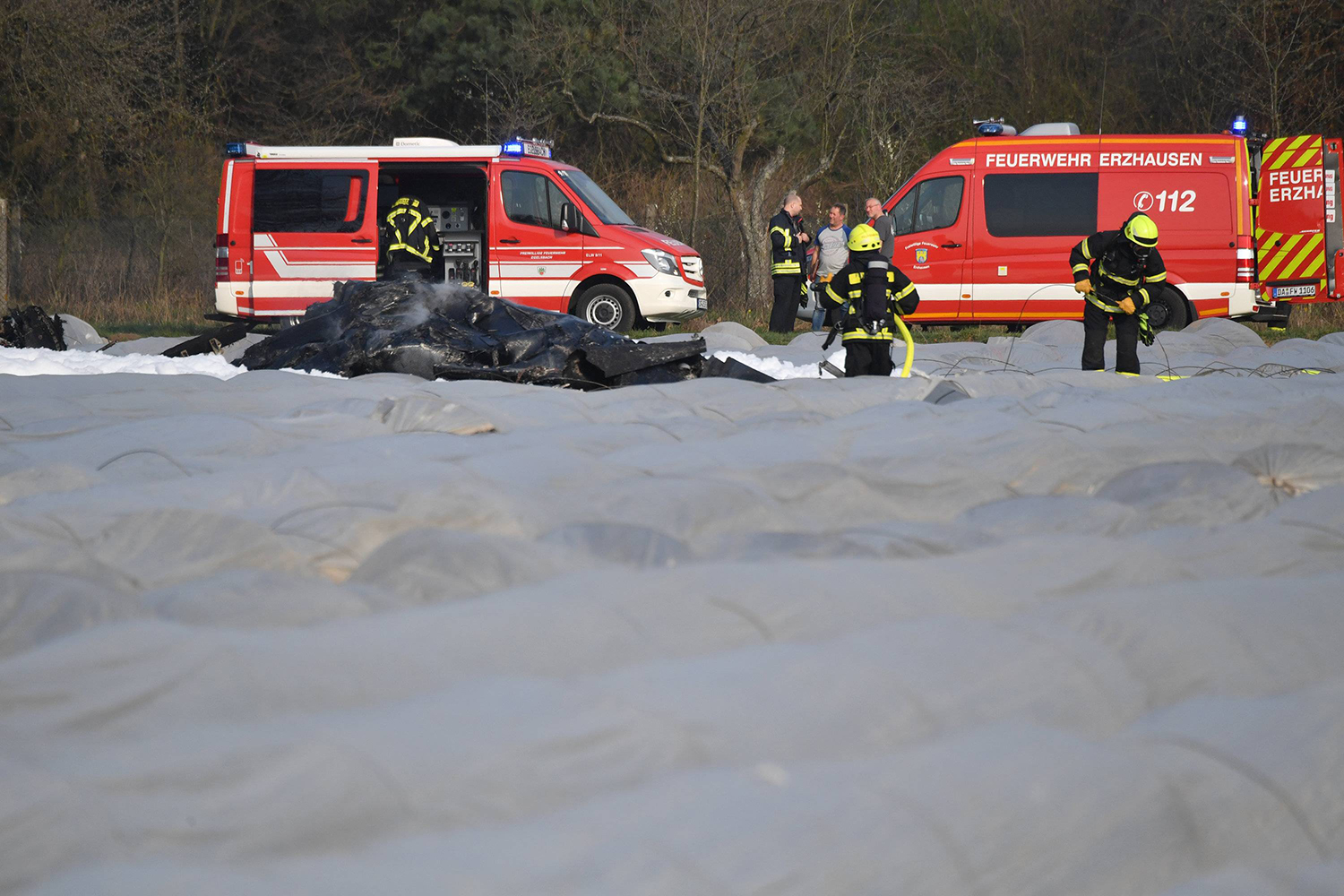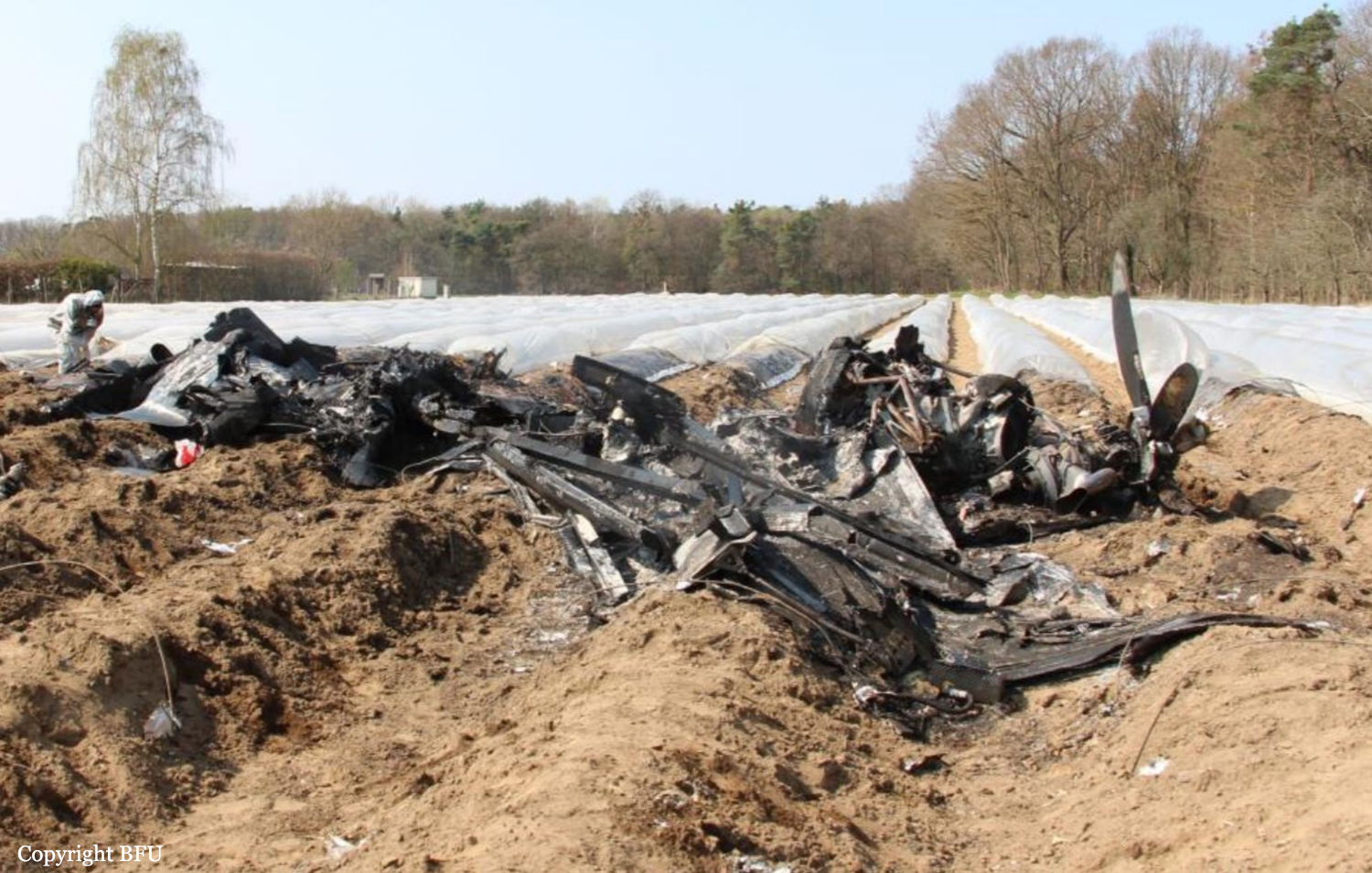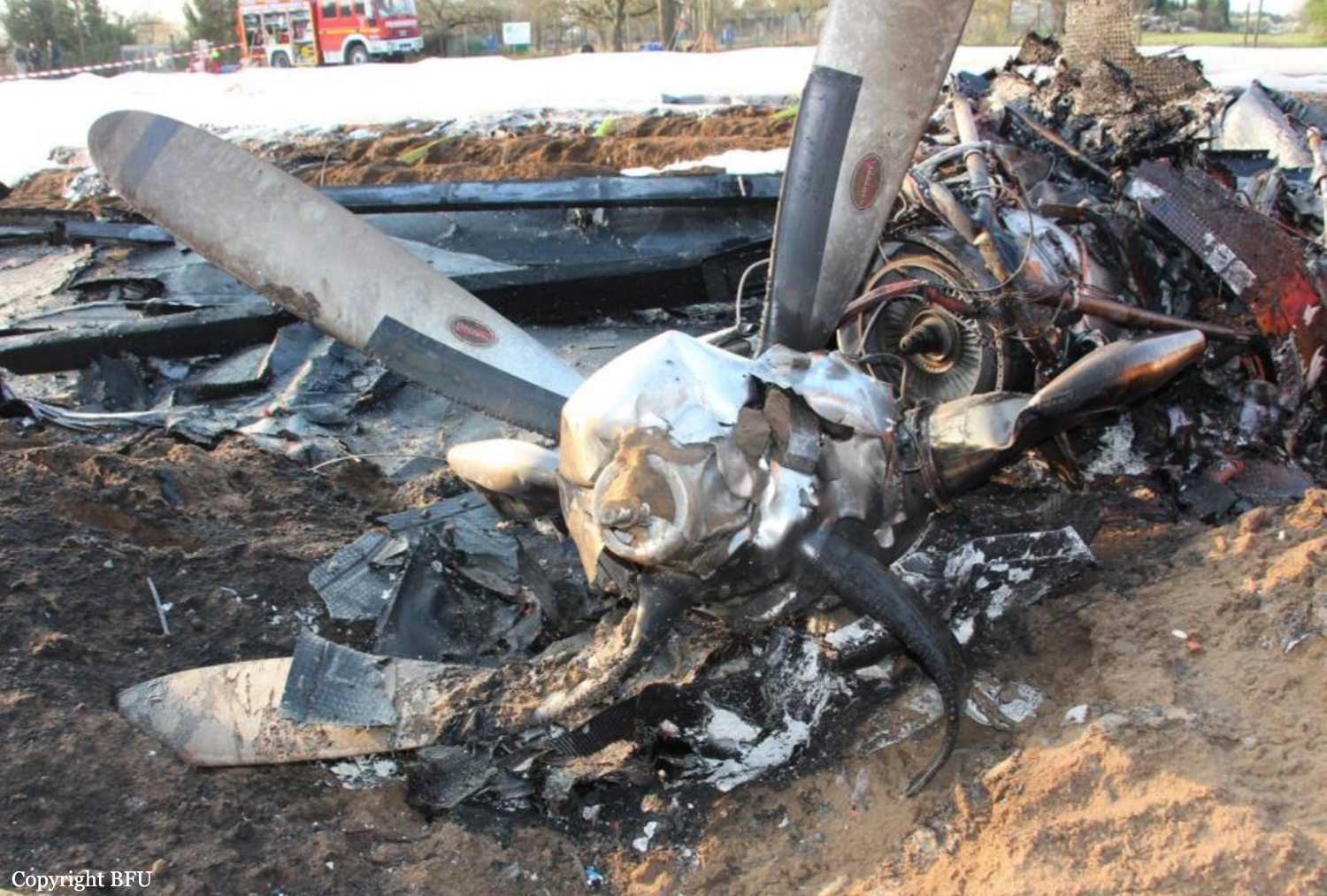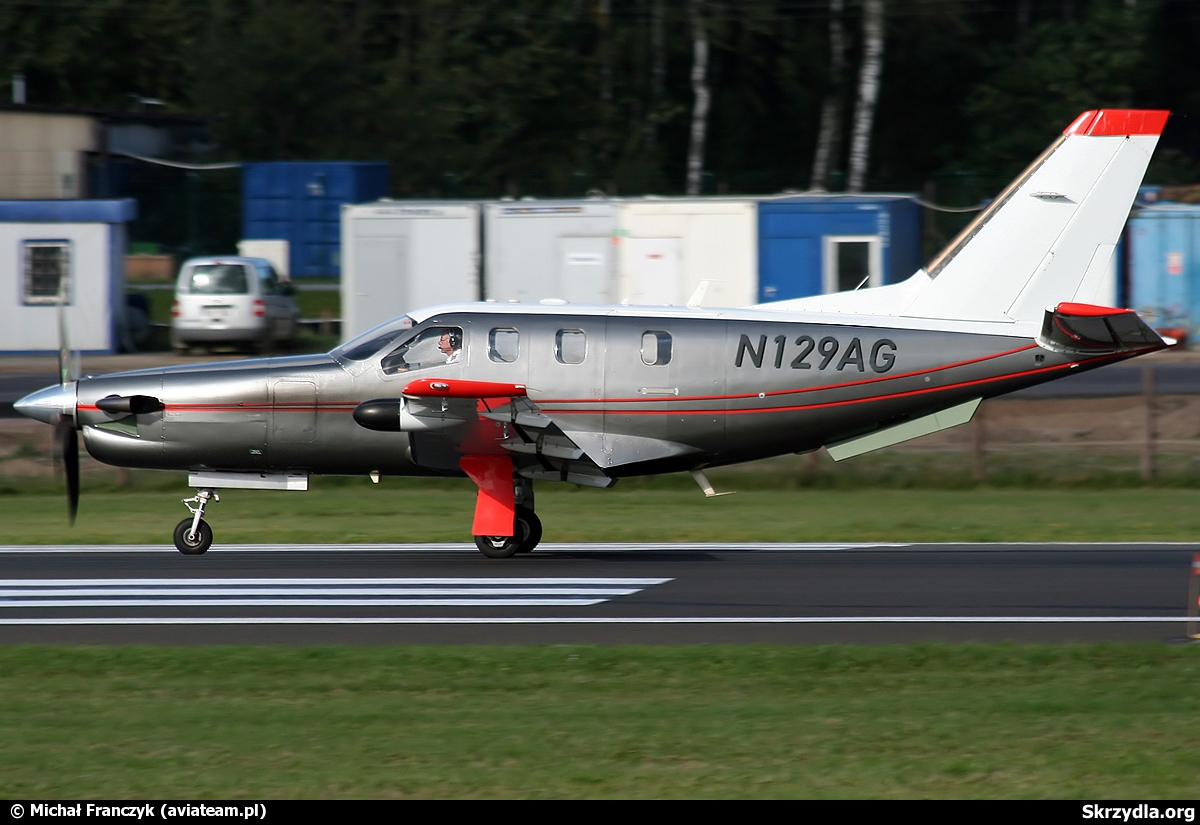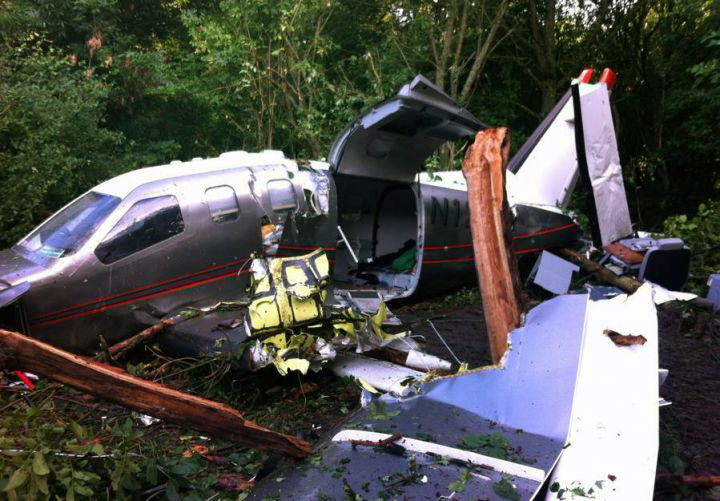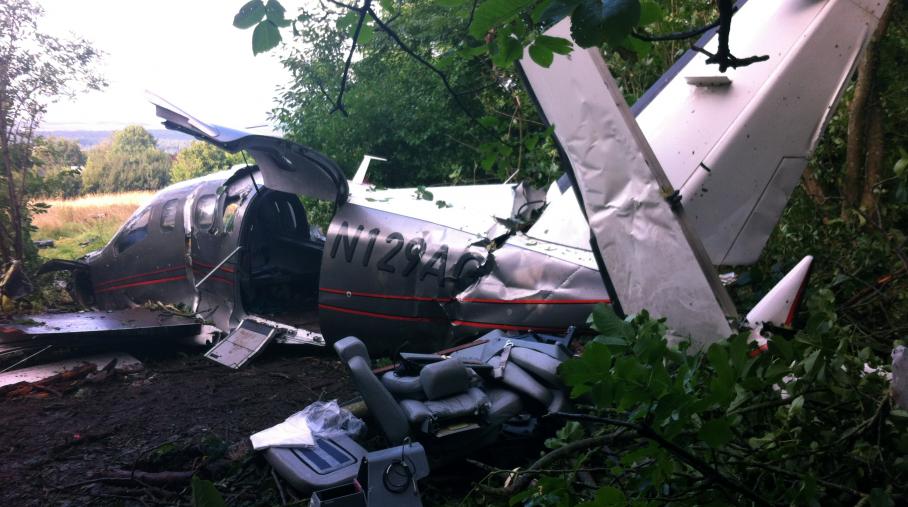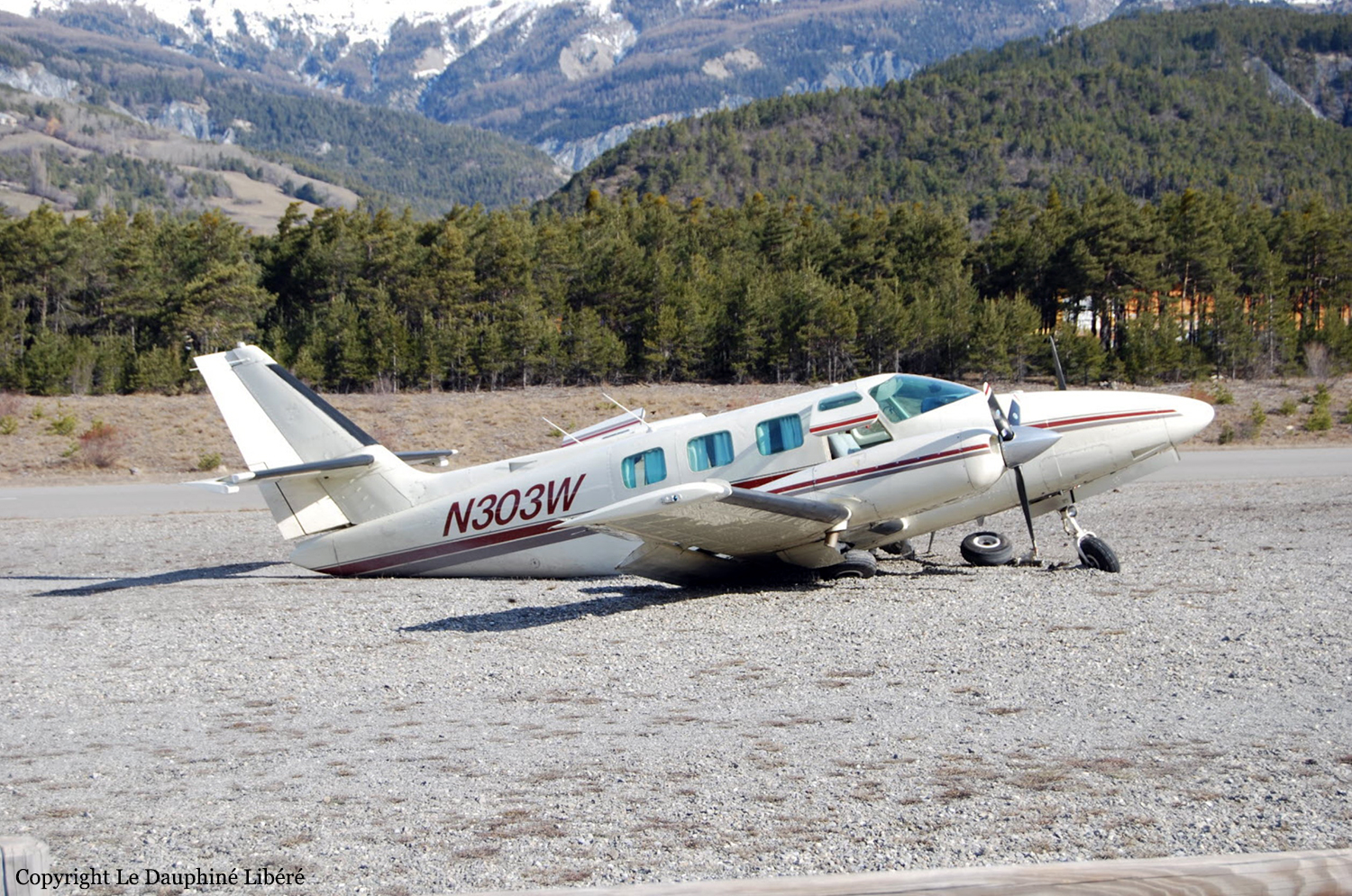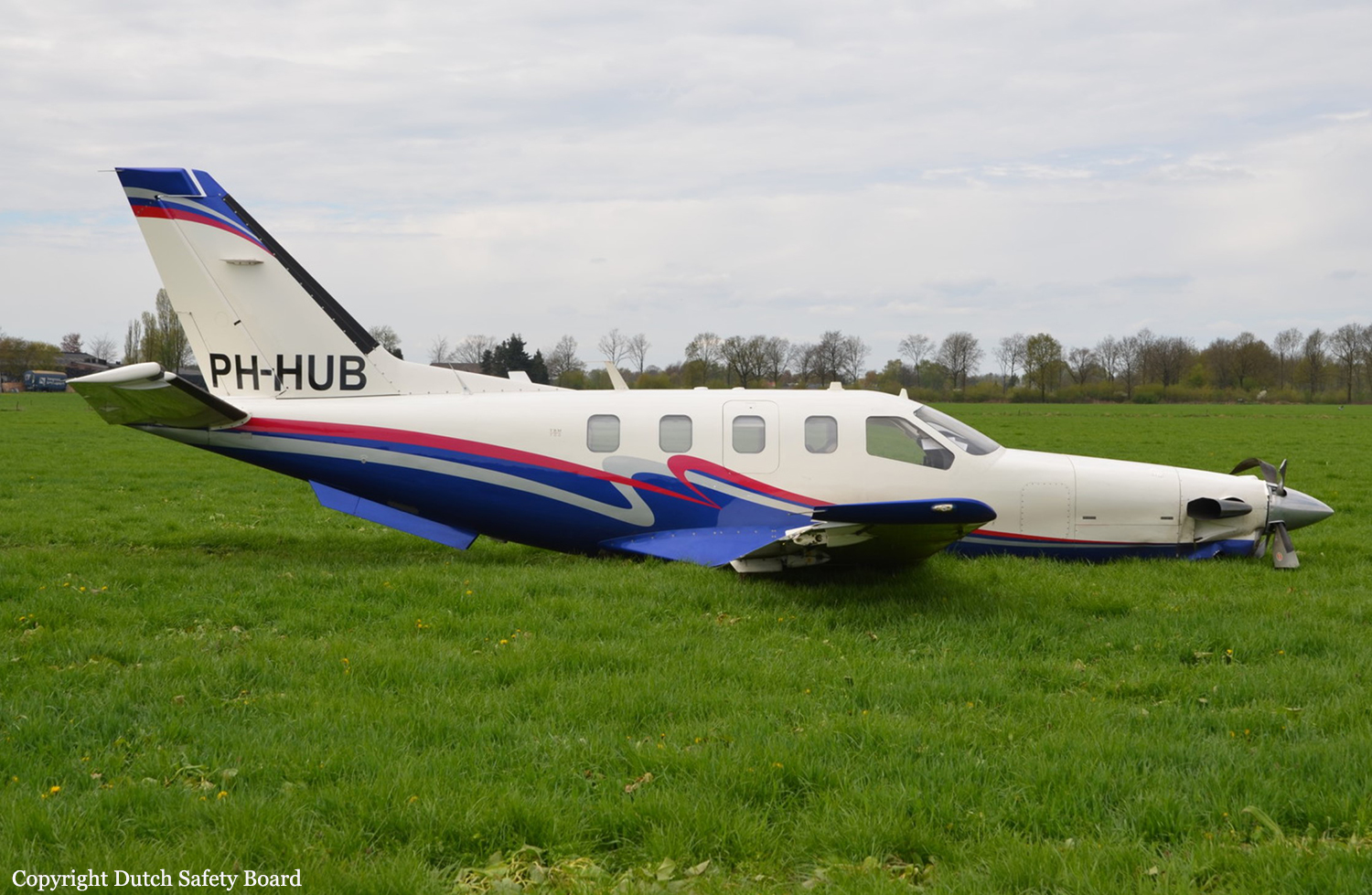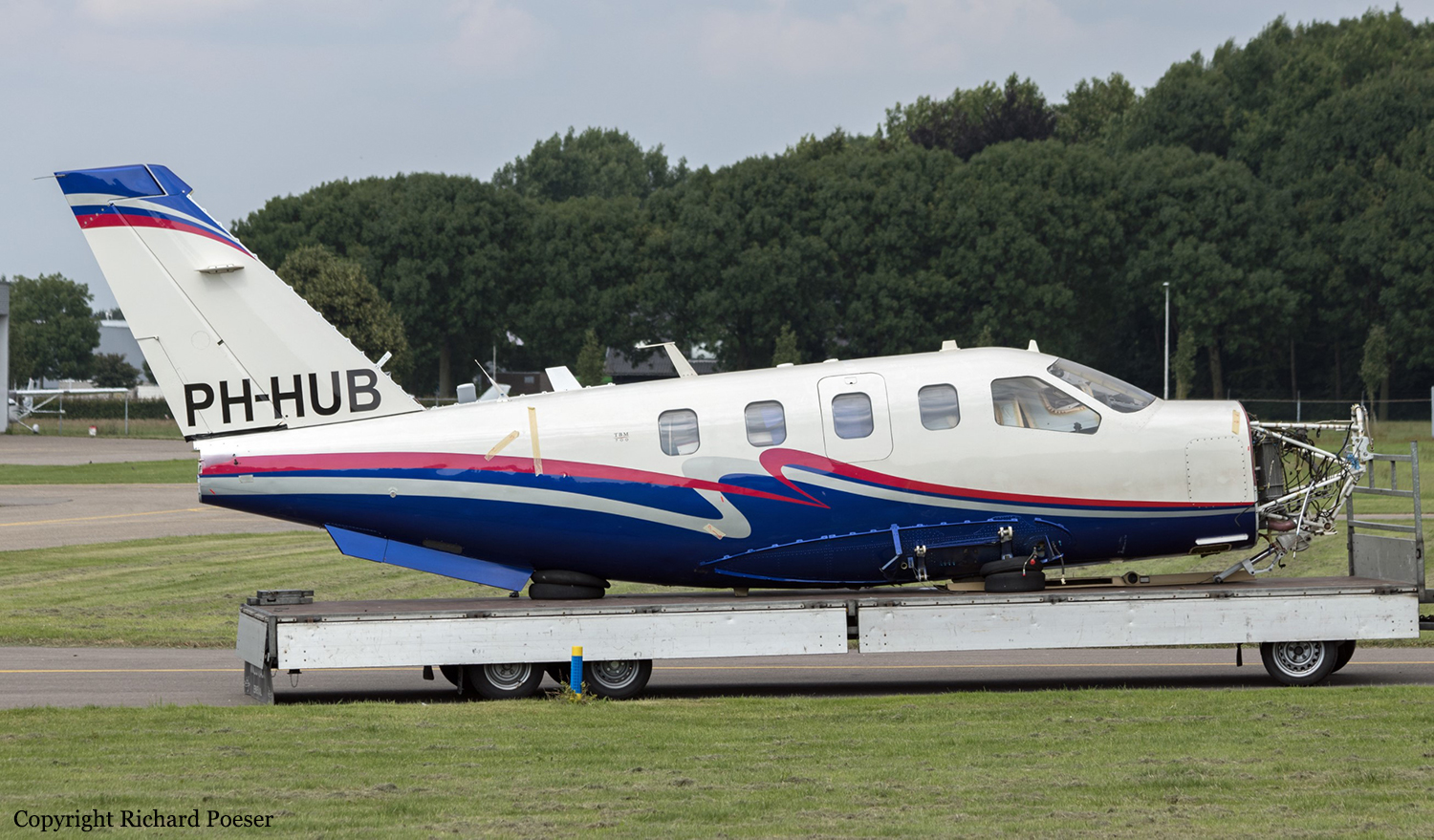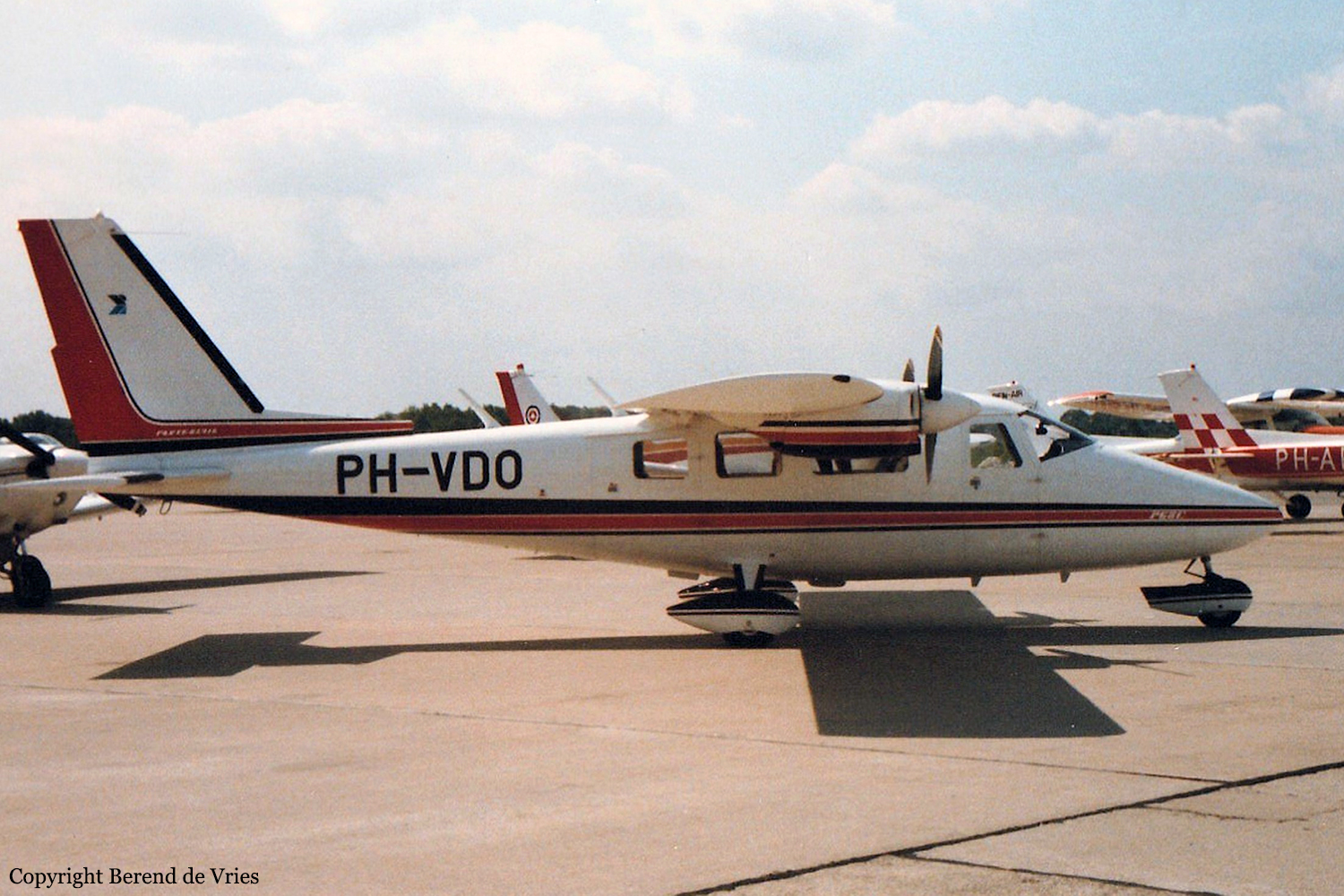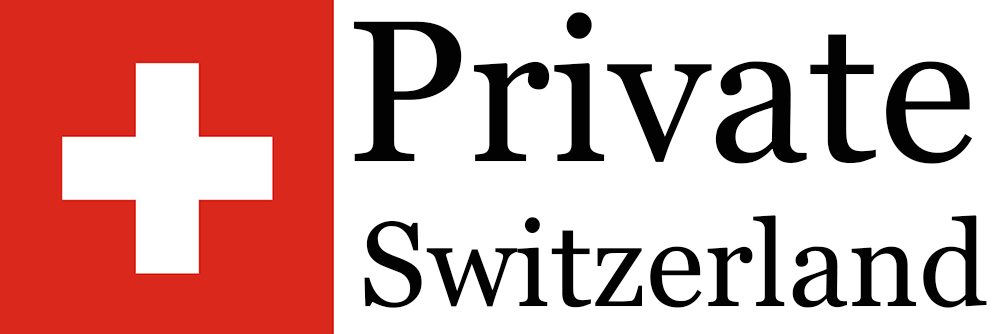Crash of a Piper PA-46-350P Malibu Mirage in Courchevel: 1 killed
Date & Time:
Aug 6, 2021 at 1144 LT
Registration:
F-HYGA
Survivors:
Yes
Schedule:
Cannes - Courchevel
MSN:
46-36483
YOM:
2010
Crew on board:
1
Crew fatalities:
Pax on board:
2
Pax fatalities:
Other fatalities:
Total fatalities:
1
Captain / Total hours on type:
80.00
Circumstances:
The single engine airplane departed Cannes-Mandelieu Airport on a private flight to Courchevel with two passengers and one pilot on board. The goal of the flight was to maintain the validity of the pilot to access to the Courchevel Altiport. Following a right hand base leg, the pilot configured the airplane to land on runway 22. On final, the altimeter showed an altitude close to the runway threshold, and the aircraft was levelled off to the runway threshold. A few seconds before landing, the stall warning sounded, the engine power was increased and then reduced completely. The undercarriage impacted an embankment above the runway threshold and were torn off. The airplane lifted a bit then fell back onto the runway. It slid for about 100 metres before coming to rest. A fire erupted on the right side of the fuselage. The pilot and the front passenger exited the aircraft through the rear door and managed to extract the rear passenger, who was unconscious and died a few minutes later.
Probable cause:
The accident was the consequence of a premature descent during the approach. The pilot started the descent on the base leg, whereas mountain landing practices call for a descent on final approach after interception of the descent plan, combined with an erroneous assessment of the aircraft's position in relation to the final descent plan. Investigations revealed that the aircraft was flying at an altitude of 6,600 feet during the last turn, about 400 feet below the altitude indicated on the approach chart.
The following factors may have contributed to the accident:
- The period of training received by the pilot was probably insufficient;
- A lack of landing experience at Courchevel;
- A misunderstandings between the pilot and the passenger seated on the right about his role during the flight, himself being an airline pilot and instructor.
The following factors may have contributed to the accident:
- The period of training received by the pilot was probably insufficient;
- A lack of landing experience at Courchevel;
- A misunderstandings between the pilot and the passenger seated on the right about his role during the flight, himself being an airline pilot and instructor.
Final Report:
